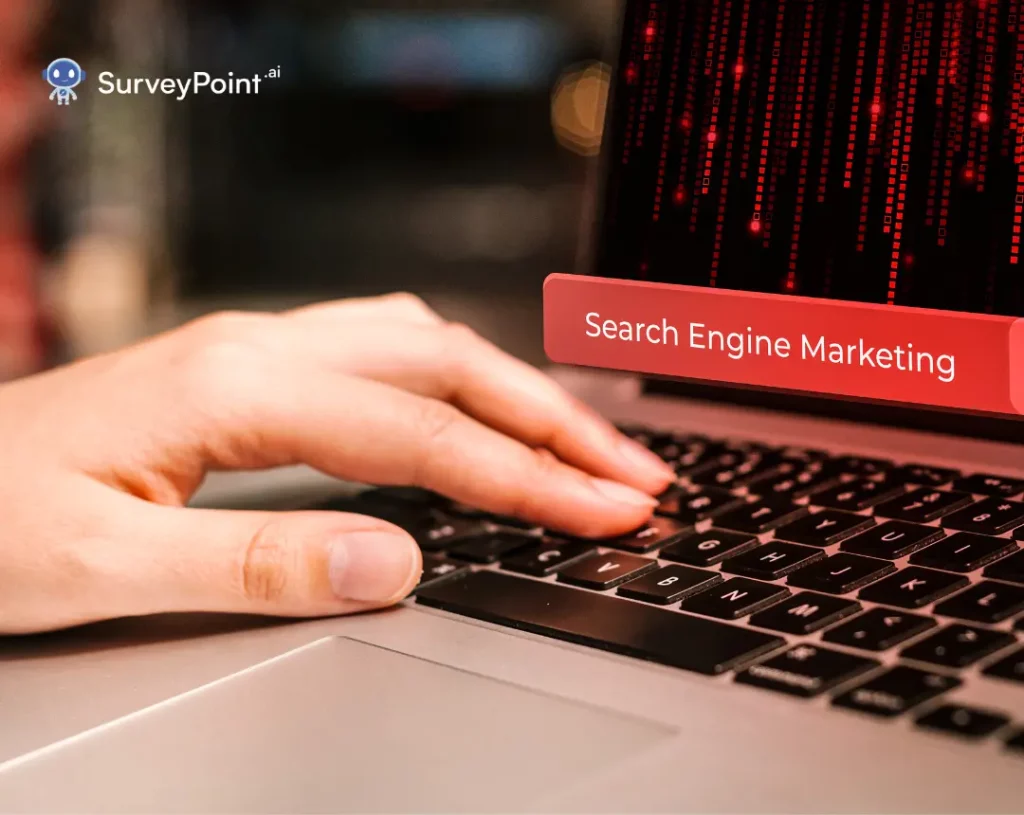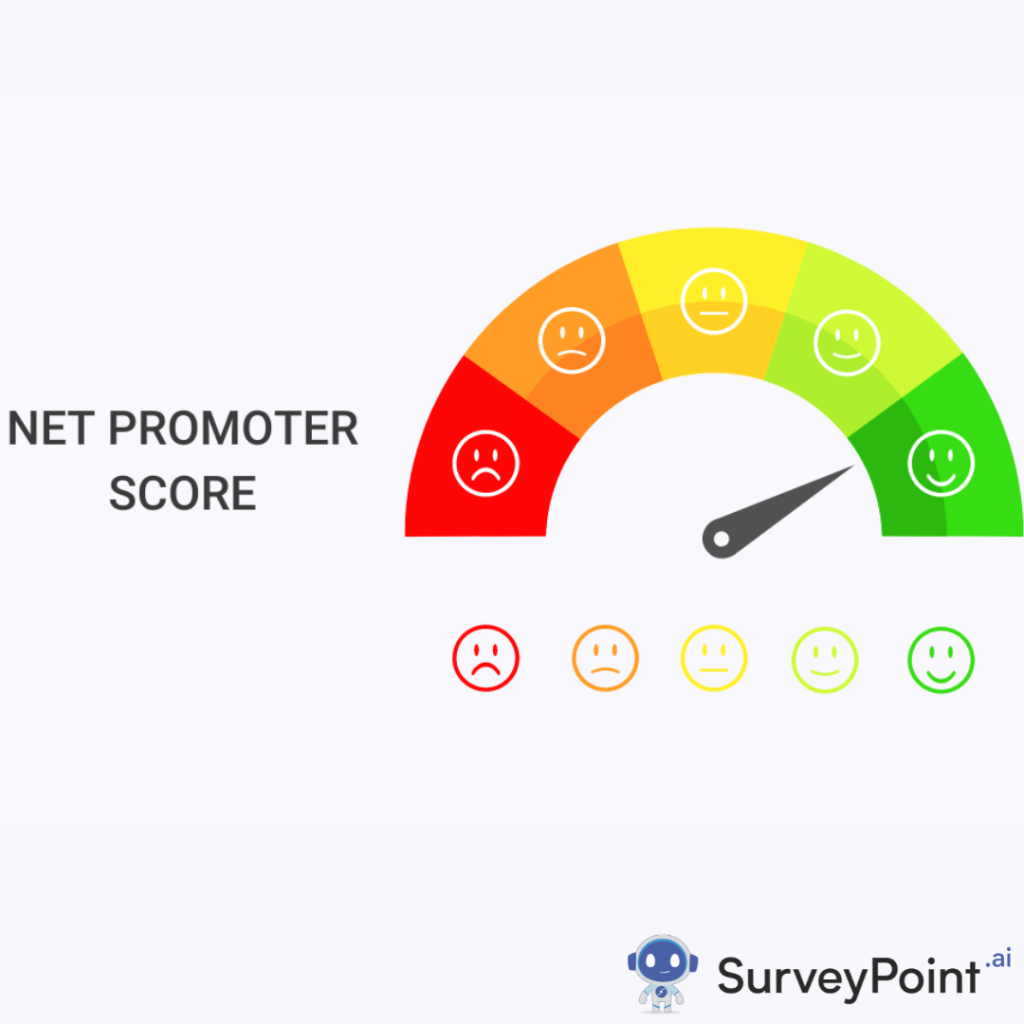
In the vast expanse of the digital universe, where user inquiries fuel the engine of discovery, two essential forces shape the destiny of websites: SEO (Search Engine Optimization) and SEM (Search Engine Marketing). As businesses vie for attention amidst the labyrinth of search engine results, understanding the nuances between these two dynamic entities becomes paramount in the world of social media.
SEO vs. SEM: A Dichotomy Unveiled
Picture the results page after a Google search – a juxtaposition of unpaid listings and strategically placed advertisements. The former, known as organic search results, emerge organically through search engine algorithms’ discernment of relevance. The latter, marked with a “Sponsored” or “Ad” tag, signifies the realm of paid search results, where businesses pay for prominence, commonly referred to as pay-per-click (PPC) ads.
What Is SEO?
Search Engine Optimization (SEO) emerges as a digital craftsman’s toolkit, honed to enhance a website’s visibility in the organic realm of search results. A dance of keywords, meta tags, and technical finesse, SEO endeavors to align a website with the ever-discerning algorithms of search engines like Google, Bing, and Yahoo.
SEO Fundamentals: Navigating the Digital Landscape
In the intricate realm of Search Engine Optimization (SEO), mastering the fundamentals is akin to charting a course through the vast digital landscape. SEO is the compass that guides websites toward the coveted shores of search engine visibility. Understanding and harnessing these SEO fundamentals lay the groundwork for a robust online presence. Let’s delve into the key pillars that form the bedrock of effective SEO strategies:
1. On-Page SEO:
Keywords Are King:
At the heart of on-page SEO lies the strategic use of keywords. These are the terms and phrases users employ when searching for information. Ensuring that your content incorporates relevant keywords in titles, headers, and throughout the body not only aids search engines in understanding your content but also enhances its visibility to users.
Meta Tags Speak Volumes:
Meta tags, including meta titles and meta descriptions, are the digital introductions to your content. Crafting compelling and keyword-rich meta tags not only entices users to click but also assists search engines in comprehending the content’s context.
User-Friendly URL Structure:
The structure of your website’s URLs plays a pivotal role in SEO. Clean, concise, and easily understandable URLs contribute to a positive user experience and facilitate search engine crawling.
2. Off-Page SEO:
Link-Building Strategies:
Off-page SEO revolves around activities beyond your website that impact its visibility. Link-building is a cornerstone of off-page SEO, involving the acquisition of high-quality backlinks from reputable sources. These links act as endorsements, signaling to search engines the credibility and authority of your content.
Social Signals Matter:
Social media presence is no longer just a branding tool; it’s a significant player in off-page SEO. The more your content is shared and engaged with on platforms like Facebook, Twitter, and LinkedIn, the more positive signals it sends to search engines about its relevance and popularity.
3. Technical SEO:
Site Speed Optimization:
In the digital age, speed matters. Search engines favor websites that load quickly, providing a better user experience. Optimizing images, leveraging browser caching, and employing content delivery networks (CDNs) are among the strategies to enhance site speed.
Mobile-Friendliness Is Non-Negotiable:
With the rise of mobile users, search engines prioritize mobile-friendly websites. Ensuring responsive design and mobile optimization is imperative for SEO success.
Structured Data Markup:
Implementing structured data markup, such as Schema.org, helps search engines better understand the content on your pages. This can result in rich snippets and enhanced visibility in search results.
What Is SEM?
Search Engine Marketing (SEM) casts a wider net, encapsulating both SEO and the realm of paid advertising. While SEO toils in the organic fields, SEM, in its broader sense, encompasses strategies designed to thrust a website into the limelight through paid avenues.
SEM Components: Decoding the Dynamics of Search Engine Marketing
Search Engine Marketing (SEM) unfolds as a multifaceted strategy, encompassing various components designed to elevate a website’s visibility on search engines. Whether through paid advertising or a comprehensive blend of strategies, understanding the key components of SEM is essential for businesses seeking prominence in the digital realm.
1. PPC Advertising:
Bidding on Keywords:
Pay-Per-Click (PPC) advertising is the heartbeat of SEM. Businesses bid on specific keywords relevant to their products or services. When users enter these keywords in a search engine, the ads appear prominently on the results page.
Ad Placement and Formats:
SEM practitioners have control over where their ads appear and can choose between different ad formats. Text ads, display ads, and even video ads provide versatility in reaching target audiences across various platforms.
Cost-Per-Click (CPC) Model:
The essence of PPC lies in its cost structure. Advertisers only pay when someone clicks on their ad. This model allows for precise budget control and ensures that expenditure aligns with actual user engagement.
2. SEO as a Component:
Organic Search Optimization:
While SEO is a distinct discipline, it is an integral part of SEM. Both aim to enhance a website’s visibility, but SEO focuses on organic methods. The goal is to optimize content, structure, and technical elements to align with search engine algorithms.
Balancing Organic and Paid:
A comprehensive SEM strategy involves striking a balance between organic and paid efforts. While PPC delivers immediate results, SEO provides a foundation for sustained, long-term visibility.
3. Display Advertising:
Visual Appeal for Brand Exposure:
Display ads are visually engaging and appear on websites that are part of the Google Display Network. They offer an opportunity for businesses to showcase their products or services through images, banners, or interactive media.
Targeting Options:
SEM practitioners can finely tune their display ads to specific demographics, interests, and online behaviors. This level of targeting ensures that ads reach the most relevant audiences, increasing the likelihood of conversions.
4. Remarketing:
Reconnecting with Interested Users:
Remarketing is a powerful SEM strategy where ads are shown to users who have previously visited a website but did not take the desired action. This helps rekindle interest and encourages users to return and complete a conversion.
Tailored Messaging:
Remarketing allows for tailored messaging based on users’ previous interactions with the website. This personalized approach enhances the chances of converting leads into customers.
5. Shopping Ads:
Showcasing Products Directly on SERPs:
E-commerce businesses benefit from shopping ads, which display product images, prices, and business information directly on the search engine results page. This format provides a visual showcase for potential customers.
Product Feed Optimization:
Success with shopping ads involves optimizing the product feed, ensuring accurate and up-to-date information about inventory, prices, and product details.
SEO vs. SEM: What’s the Difference?
Peeling back the layers, the distinction between SEO and SEM becomes a pivotal factor in constructing a robust digital marketing strategy. Organic serenity contrasts with the dynamic hustle of paid advertising, each with its unique set of characteristics and advantages.
Organic vs. Paid:
- Organic Search Results (SEO):
The garden nurtured over time, where listings blossom through algorithmic approval. A realm of sustained effort with enduring effects. - Paid Search Results (SEM):
The express lane to visibility, where businesses pay for prominence and experience immediate results, albeit contingent on continued investment.
Cost Considerations:
What’s the Cost of SEO vs. SEM?
A financial tango unfolds – SEO demanding an initial investment and ongoing maintenance, while SEM (especially PPC) commands immediate costs per click.
Timeframe for Results:
How Long Does It Take to See SEM Results?
SEO, a slow-cooked masterpiece, requires patience, while SEM (PPC) serves instant gratification, with results visible as soon as the advertising campaign is unleashed.
Which SEM Practice Is Right for You?
As the digital landscape unfolds, the choice between SEO and SEM hinges on business goals, budget constraints, and timeline expectations. SEO emerges as the patient gardener, cultivating sustainable growth, while SEM, particularly PPC advertising, positions itself as the swift messenger delivering immediate results.
When to Opt for SEO:
- Long-Term Strategy:
SEO thrives in the landscape of sustainable, long-term visibility. If your business mantra is growth that endures, SEO is your ally. - Limited Budget, Patience, and Sustainable Growth:
Businesses with budget constraints and a penchant for sustainable growth find solace in the gradual yet steadfast journey of SEO.
When to Embrace SEM (PPC):
- Immediate Results:
If urgency is the essence and immediate results are the demand, PPC advertising catapults your brand into the limelight. - Testing and Adjusting:
For those seeking agility, SEM provides a testing ground, allowing swift adjustments to campaigns based on real-time performance.
Conclusion
In the intricate dance between SEO and SEM, there is no universal formula. Each business must find its rhythm, understanding that SEO lays the foundation for lasting success, while SEM, with its PPC prowess, offers a sprint to immediate visibility. The key lies in the balance – a bespoke strategy that aligns with your unique business narrative, financial bandwidth, and timeline aspirations. Join us on this exploration of SEO vs. SEM, as we unravel the threads woven into the fabric of digital marketing.




